六黄陂路 - 历史、交通和亮点
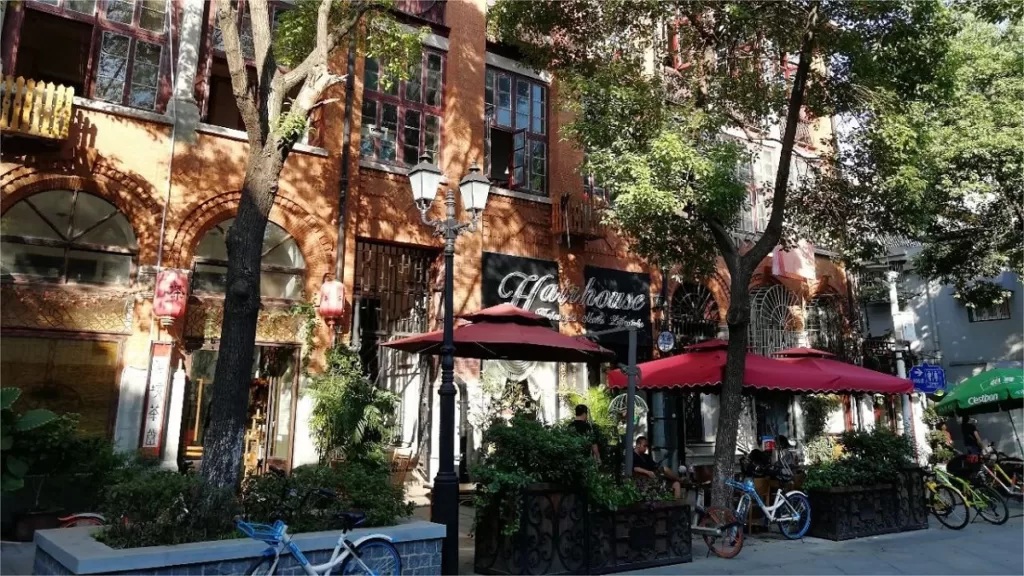
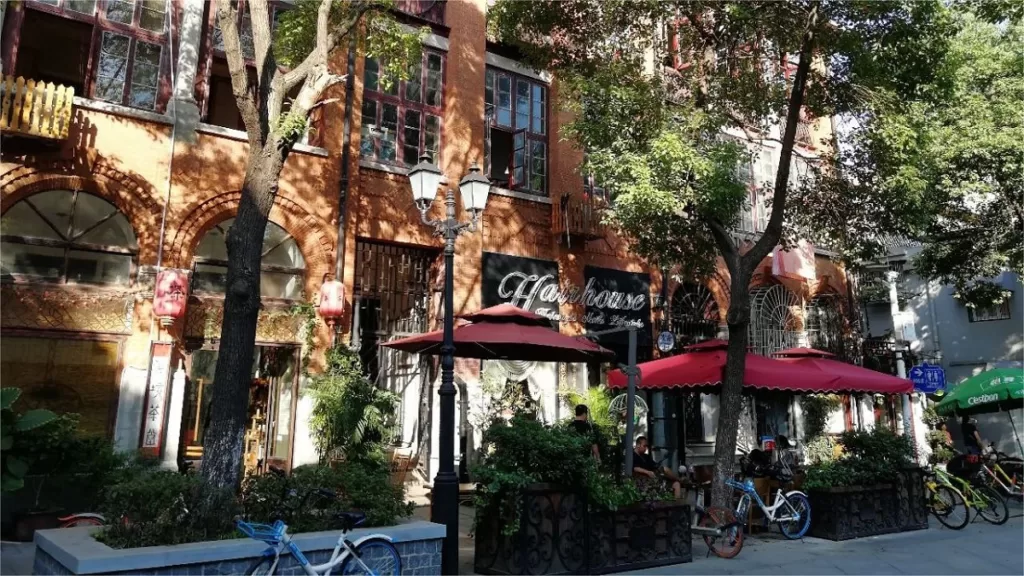
Nestled in the heart of 武汉, China, Lihuangpi Road (黎黄陂路) is a historic thoroughfare that spans a modest 604 meters. Its roots trace back to 1900 when it was originally established by the people of Huangpi, a district in Wuhan. Consequently, it was aptly named Huangpi Road. In 1946, to honor the former President of the Republic of China, Li Yuanhong, who hailed from Huangpi, it was renamed Lihuangpi Road. In 1997, the Wuhan Jiang’an District government designated it as a street museum, ensuring the preservation of its historical significance.
地点和交通
Lihuangpi Road (黎黄陂路) is located in the Jiang’an District of Wuhan, a sprawling metropolis in Hubei Province, China. It occupies a prime position, nestled between two prominent thoroughfares: Yangtze Avenue (沿江大道) and Zhongshan Avenue (中山大道). To get there, you can choose the following way:
巴士 Take bus 313, get off at Poyang Street Lanling Road Stop, and walk about 100 meters to the north to reach the road.
地铁 The closest metro station to Lihuangpi Road is Dazhilu on line 1 and line 6. After getting out of the station from Exit G, walk about 700 meters to the east to reach the road.
History of Lihuangpi Road
The evolution of Lihuangpi Road is intertwined with the complex history of foreign concessions in Wuhan. In 1861, following the opening of Hankou, various foreign powers flocked to the region. Within a 2.46-square-kilometer area surrounding Lihuangpi Road (then Yima Street), the British, French, Russian, German, and Japanese established their respective concessions. This period saw the emergence of 12 foreign consulates, nearly 30 foreign financial institutions, and over 100 foreign trading companies. Hankou became a vibrant but peculiar hub with a distinct colonial flavor, often referred to as the “Oriental Chicago” by colonialists. Lihuangpi Road, located at the heart of these concessions, is a microcosm of this unique historical chapter.
Highlights of Lihuangpi Road
Today, Lihuangpi Road’s street museum boasts seventeen historic buildings, each of which tells a tale of a bygone era. Plaques at the beginning and end of the street proudly mark these sites, making it an educational and cultural destination for locals and tourists alike.
Hua-Er-Dao Sheng-Yin Bank Former Site: This site preserves the history of a Chinese-Russian bank, reflecting the financial cooperation during that time.
Former Russian Patrol House: This building is a testament to the presence of the Russian concession and their administrative facilities.
Chinese Christian Lutheran Church: The grand architecture of this site served as a center for Christian activities and played a pivotal role in the city’s religious landscape.
American Naval YMCA Former Site: An emblem of American cultural influence, the former YMCA site provided various services and cultural exchanges.
Yuxing Trading House Former Site: This historic structure evokes the memory of foreign trading companies that thrived in this area.
Russian Concession Bureau of Public Works Former Site: This site represents the Russian administrative presence in the concession, overseeing various infrastructure projects.
Gao’s Hospital Former Site: An essential medical establishment of the era, Gao’s Hospital catered to the healthcare needs of the community.
YMCA Hankou Club Former Site: A hub of cultural and recreational activities, the YMCA played a significant role in fostering social connections.
Shunfeng Trading Company Former Site: Another reminder of the bustling foreign trade that occurred in this district.
Bankhof Garden Former Site: Once a beautiful garden, it stands as a symbol of the concessions’ efforts to create a cosmopolitan environment.
Bapu House Former Site: The residence of Ba Maw, a prominent figure in the history of Sino-Japanese relations.
Huilo Company Former Site: This site reflects the presence of foreign enterprises and their contributions to the local economy.
Luojia Tablet Road High-End Residential Area Former Site: A glimpse into the residential architecture of the time, demonstrating the fusion of Eastern and Western influences.
Five Flowers Hotel Former Site: A testament to the hospitality industry that catered to the diverse clientele of the concessions.
Hankou Shou Shan Tang Former Site: A place of worship that enriched the spiritual life of the community.
Japanese Puppet Hankou Broadcasting Station Former Site: A reminder of the Japanese occupation and their efforts in shaping public opinion.
Wanguo Hospital Former Site: A crucial healthcare institution that served the needs of both local and foreign residents.
Vlog about Lihuangpi Road
Attractions near Lihuangpi Road
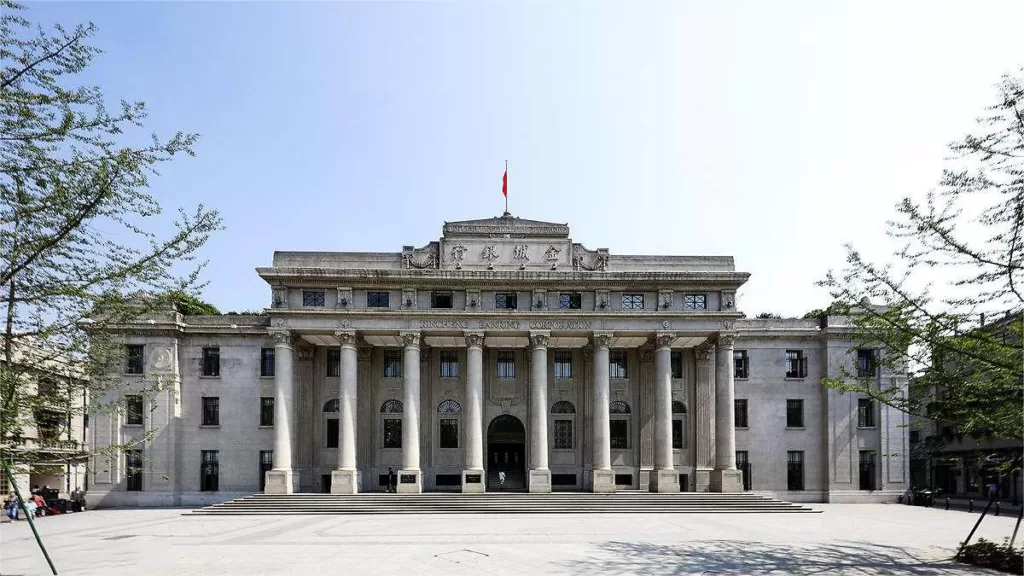
武汉美术馆 - 展示 1000 多件艺术品

汉口江滩公园 - 全长 7 公里
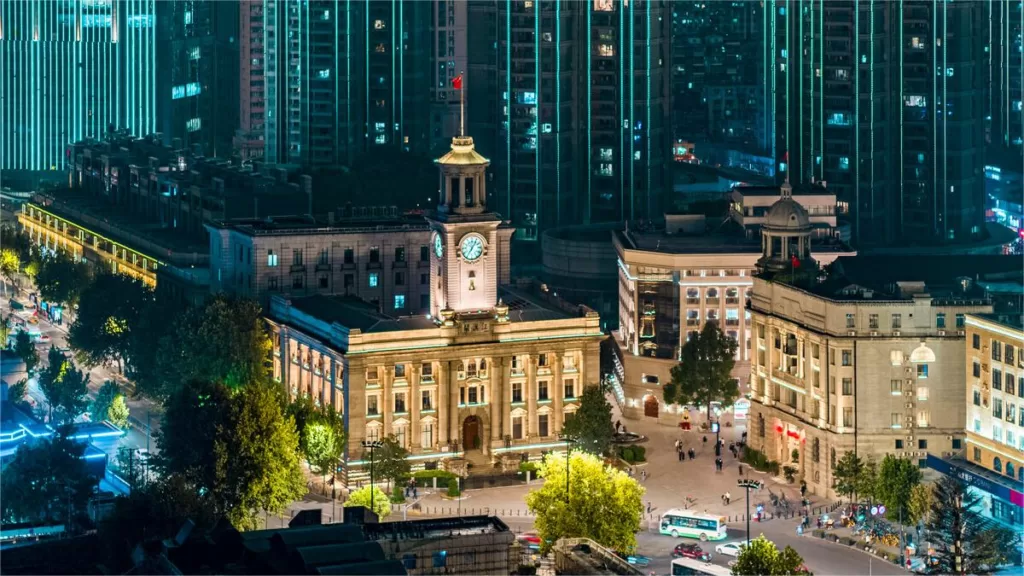
江汉路 - 闻名遐迩的百年商业街

武汉中山公园 - 纪念孙中山先生
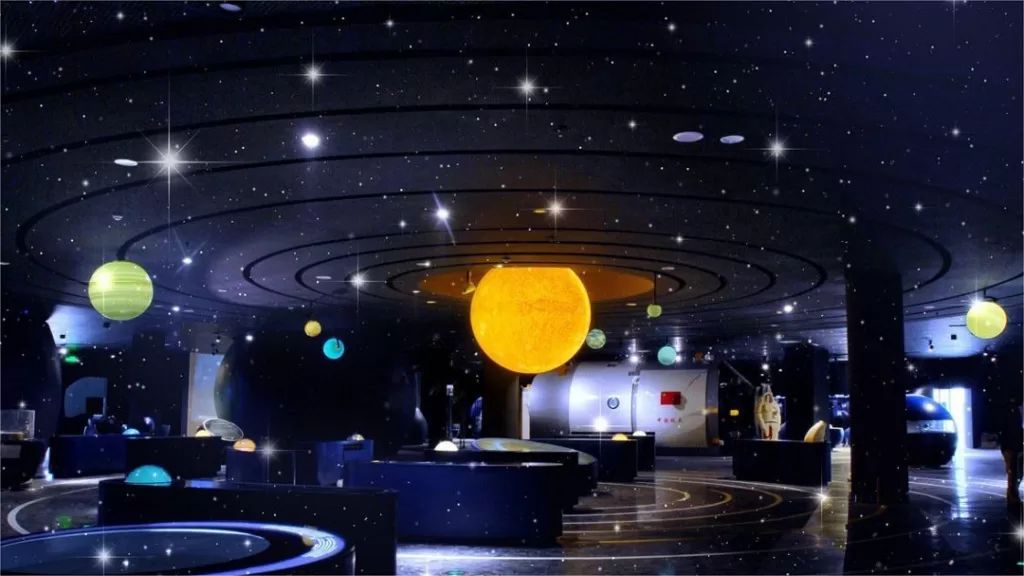
武汉科技馆 - 科学教育和探索的中心
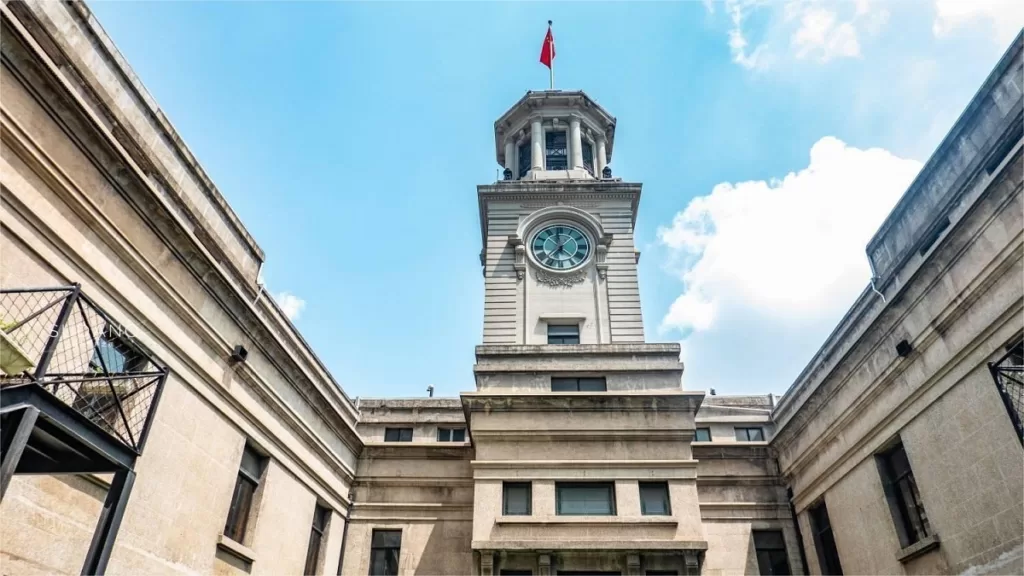
汉口海关博物馆 - 记录武汉贸易历史
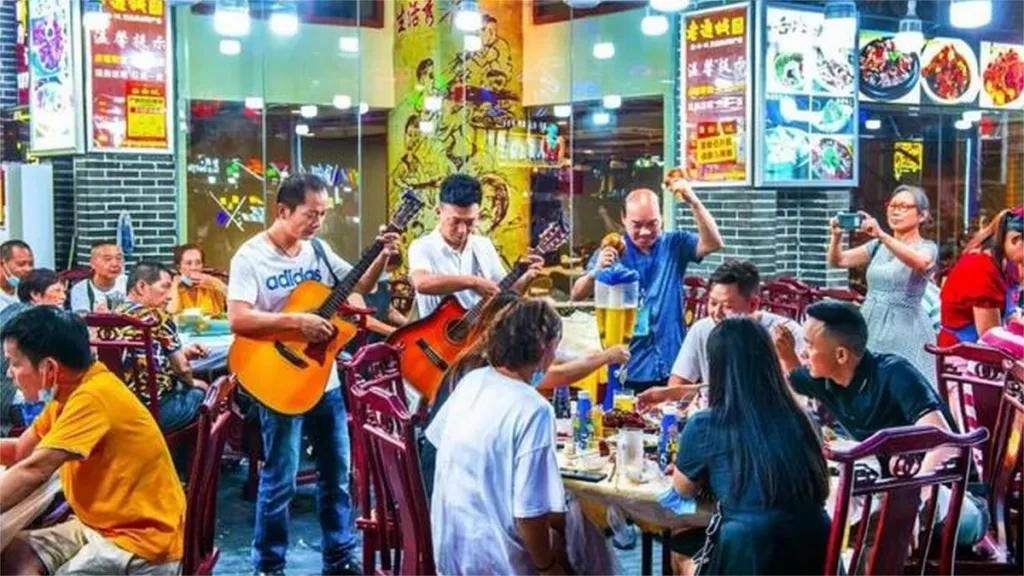
吉庆街 - 著名的深夜美食目的地
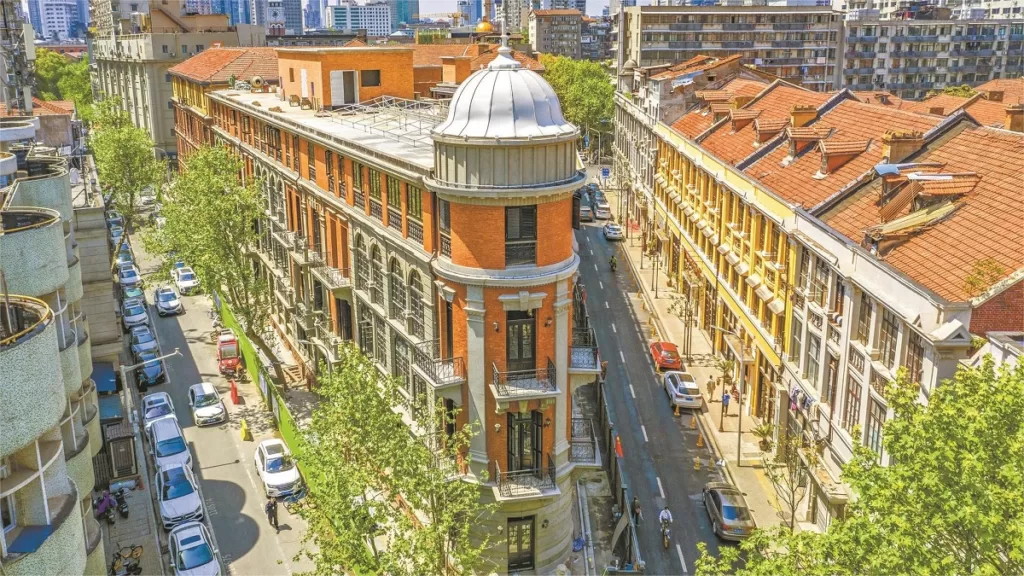
巴公馆--巴诺夫兄弟兴衰的见证者
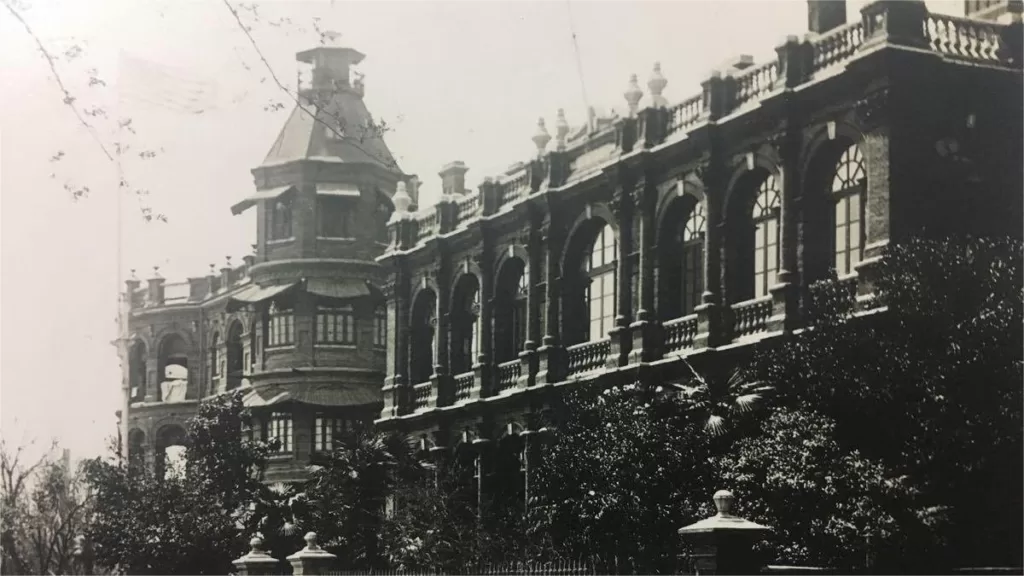
美国驻汉口总领事馆旧址